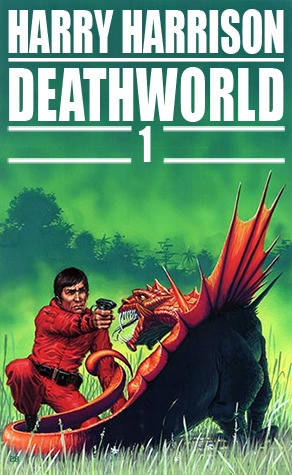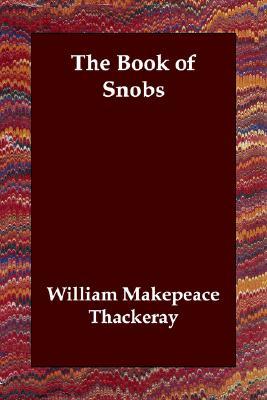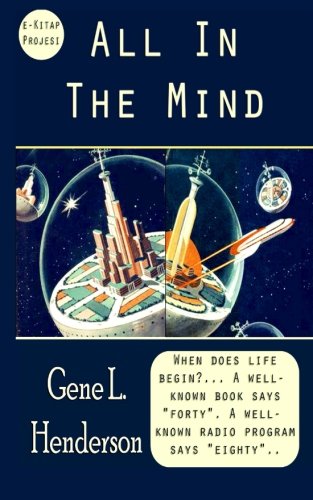Description
The planet was called Pyrrus…a strange place where all the beasts, plants and natural elements were designed for one specific purpose: to destroy man.
The settlers there were supermen…twice as strong as ordinary men and with milli-second reflexes. They had to be. For their business was murder…
It was up to Jason dinAlt, interplanetary gambler, to discover why Pyrrus had become so hostile during man’s brief habitation…
About the author
Harry Max Harrison (born Henry Maxwell Dempsey; March 12, 1925 – August 15, 2012) was an American science fiction (SF) author, best known for his character the Stainless Steel Rat and for his novel Make Room! Make Room! (1966). The latter was the rough basis for the motion picture Soylent Green (1973). Harrison was (with Brian Aldiss) the co-president of the Birmingham Science Fiction Group.
Aldiss called him “a constant peer and great family friend”. His friend Michael Carroll said, “Imagine Pirates of the Caribbean or Raiders of the Lost Ark, and picture them as science-fiction novels. They’re rip-roaring adventures, but they’re stories with a lot of heart.”
Bio from Wikipedia, the free encyclopedia. Photo by Szymon Sokół (Picture taken at Worldcon 2005) [GFDL (http://www.gnu.org/copyleft/fdl.html) or CC-BY-SA-3.0 (http://creativecommons.org/licenses/by-sa/3.0/)], via Wikimedia Commons.
Additional information
| book-author | Harry Harrison |
|---|
You must be logged in to post a review.










Reviews
There are no reviews yet.